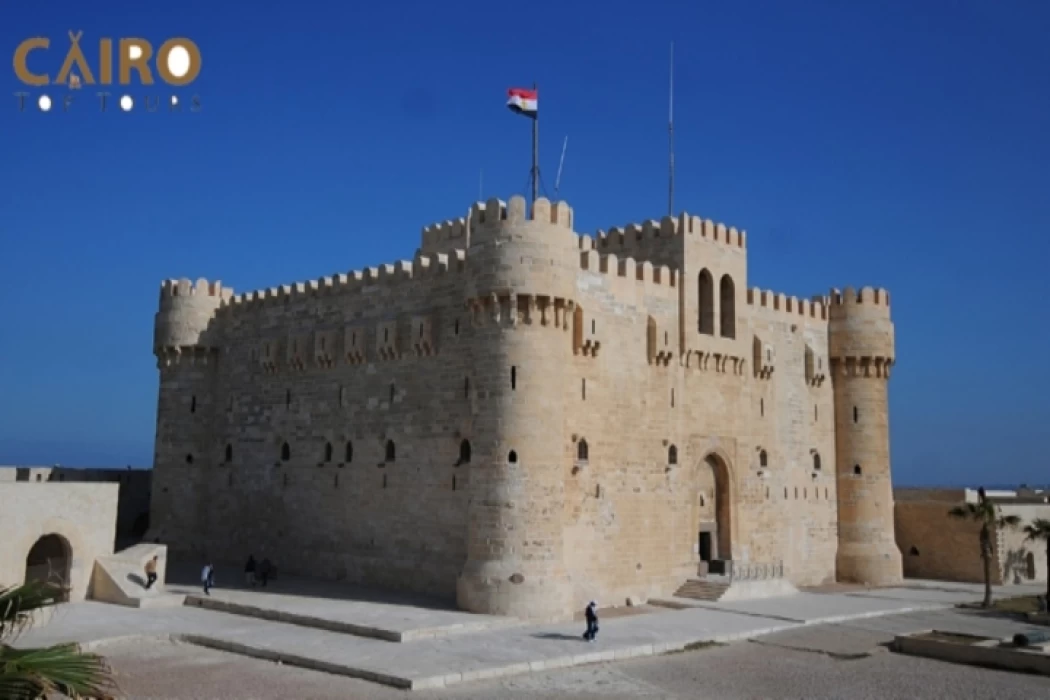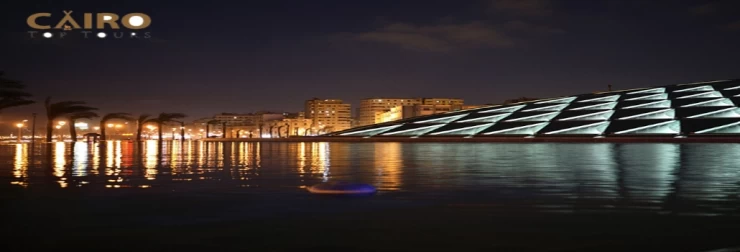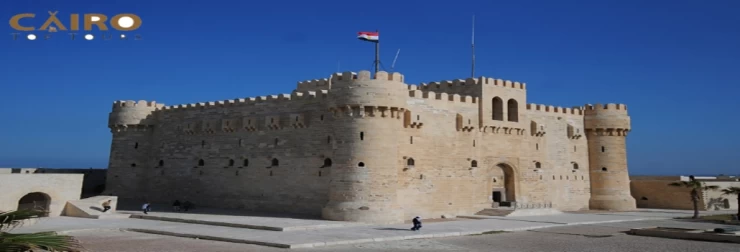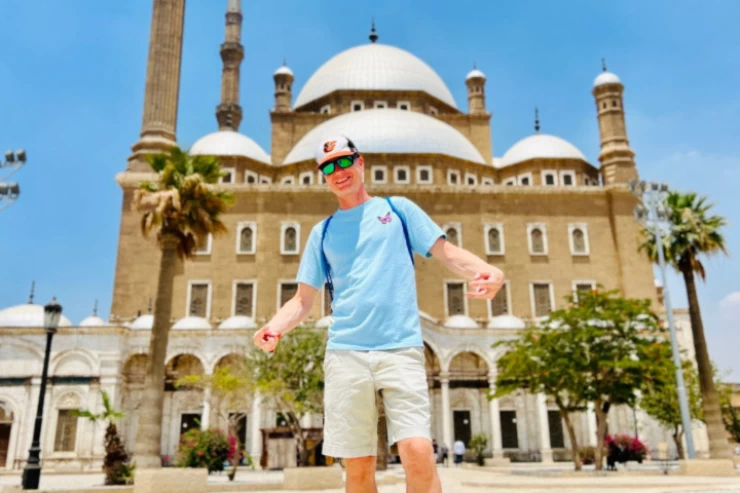
The Citadel of Qaitbey
The Citadel of Qaitbay
In Alexandria, Egypt, on the Mediterranean shore, stands the 15th-century Citadel of Qaitbay, also known as the Fort of Qaitbay. Al-Ashraf Sayf al-Din Qa'it Bay, the Sultan, constructed it between 1477 and 1479 AD (882–884 AH). East of the northern extremity of Pharos Island, at the opening of Eastern Harbour, is where you'll find the Citadel.
One of the most significant defensive strongholds along the Mediterranean Sea coast, as well as in Egypt, is the Qaitbay Citadel in Alexandria. In the fifteenth century AD, it developed a significant portion of Alexandria's defense system.
On the easternmost point of Pharos Island, the Citadel is located near the eastern harbor's entrance. One of the Seven Wonders of the Ancient World, the Lighthouse of Alexandria, stood where it was erected. After the Arab conquest of Egypt, the lighthouse underwent numerous structural alterations, yet it was operational for many centuries. Around 880 AD, during the reign of Ahmed Ibn Tulun, restoration got underway. An earthquake that struck in the eleventh century damaged the octagonal portion. The top was turned into a tiny mosque, and the bottom, which was only fit for a watchtower, perished. In 1303 and 1323, there were two extremely catastrophic earthquakes that completely destroyed the lighthouse.
The location was fortified in the year 1480 AD by the Circassian Mameluke Sultan Al-Ashraf Qaitbay as part of his coastal defensive structures against the Turks, who were then posing a threat to Egypt. He constructed the stronghold and enclosed it with a mosque. The Citadel remained operational over the most of the Mameluke, Ottoman, and Modern periods; however, it was kept out of the public eye following the British bombardment of Alexandria in 1882. It was ignored until the 20th century, when the Egyptian Supreme Council of Antiquities made multiple restorations.
Al-Ashraf Abou Anasr Saif El-Din Qaitbay El-Jerkasy Al-Zahiry (1468–1496 AD), a Circassian Sultan, founded the Citadel of Qaitbay. He was born approximately in 1423 AD (826 AH). He was a young Mamluke man, not quite twenty years old, who had traveled to Egypt. Purchased by Al-Ashraf Bersbay, he lived with his attendants until the latter's passing. Subsequently, Qaitbay was purchased by Sultan Jaqmaq, who later released him. After then, Qaitbay held a number of positions. He rose to the rank of Assistant Chief of Staff (Atabec Al-Askar) while the Sultan Timurbugha was in power. On Monday, 26th Ragab, 872 AH (1468 AD), Qaitbay was crowned as a Sultan and given the title Almalek Al-Ashraf upon the dethronement of the Sultan.
The Citadel was given particular attention by Sultan Qansuh al-Ghuri. He made multiple trips there, bolstering the garrison's numbers and equipping it with a variety of armaments. It featured a sizable prison designed for the princes and statesmen that the Sultan, for whatever reason, excluded from his favor. Qansuh Al-Ghouri journeyed to Alexandria alongside several other princes during the events of the year 960 H.


















